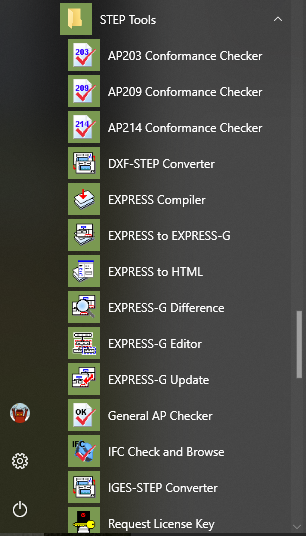Start Programming!
After installing the STEP Tools® software you can start programming immediately with the sample programs provided with the STEP libraries and IFC libraries. Just download a project, unpack, build and run!
General setup instructions for the different programming environments are below and on our Common Questions page.
Learn the Data Models
The STEP Application Protocols and IFC describe a schema for exchanged data using a language called EXPRESS. In these schemas, you will find ENTITY definitions (stuctures), SELECT types (unions), and AGGREGATEs (lists, sets, bags, and arrays). A STEP exchange file can hold any data described by an EXPRESS schema.
We make classes from the EXPRESS schemas for easy programming. The STEP AP and IFC BIM programming APIs contain all of the schema definitions that you are likely to ever need. For example, here are the definitions for Cartesian points and coordinate systems from the STEP schema.
Learning to use these definitions properly can take time. The EXPRESS schemas also contain constraint definitions (WHERE local rules, RULE global rules, INVERSE attributes for relationship cardinality, and UNIQUE for key fields), which can help clarify how structures are used. The published AP document also includes a description of higher level concepts (ARM objects in section 4) and a constellation of instances used to represent them (mapping tables in section 5). The IFC standard is structured a little differently but has a "Fundamental Concepts and Assumptions" that describes patterns of instances for various purposes.
The sample programs show many common uses and the meshing and extension libraries have a variety of functions for work with assemblies, measure values, units, contexts, and other common data.
Windows Start Menu
STEP Tools® software for Windows includes command-line and dialog versions of the AP checkers and other tools. These can all be found under the "STEP Tools" portion of the Windows Start Menu.
